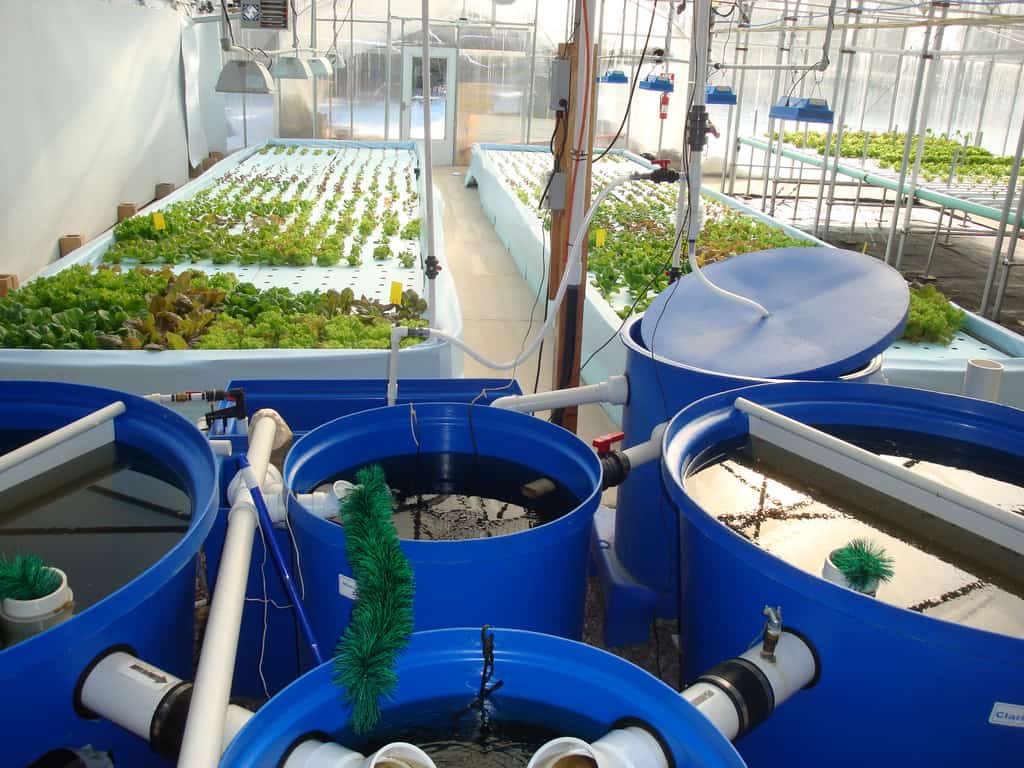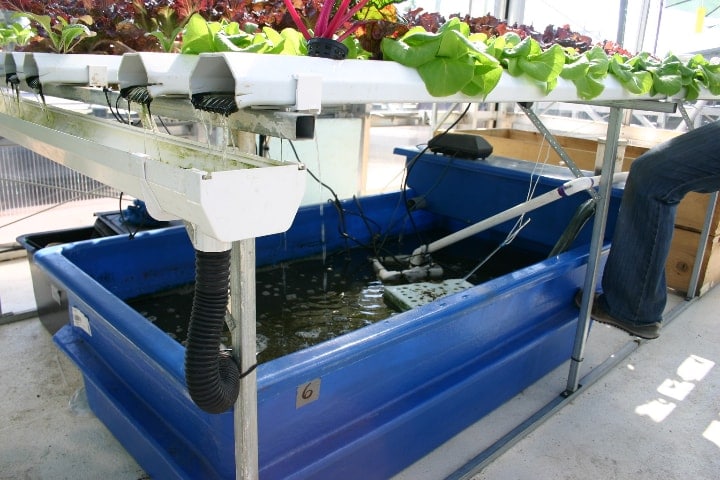
Affordable Aquaponic Systems: A Guide for DIY Gardeners
Aquaponics, the symbiotic cultivation of fish and plants, offers a sustainable and efficient method of food production. While commercially available aquaponic systems can be expensive, resourceful DIY gardeners can construct affordable and effective systems using readily available materials. This guide provides a comprehensive overview of building and maintaining a budget-friendly aquaponic setup, guiding you through the essential components, design considerations, and potential challenges.
Understanding the Principles of Aquaponics
Aquaponics relies on the synergistic relationship between fish and plants. Fish waste, rich in ammonia, is converted by beneficial bacteria into nitrites and then nitrates, which are essential nutrients for plant growth. This process occurs in two main stages:
The Nitrification Process
Ammonia, a toxic byproduct of fish metabolism, is first converted to nitrite by Nitrosomonas bacteria. Nitrite, also toxic to fish, is then further oxidized to nitrate by Nitrobacter bacteria. Nitrate is a readily usable form of nitrogen for plants.
Nutrient Uptake by Plants
The plants, grown in a soilless medium, absorb the nitrates from the water, effectively cleaning the water for the fish. This closed-loop system minimizes water waste and reduces the need for chemical fertilizers.
Designing Your Affordable Aquaponic System
The design of your aquaponic system will largely depend on your available space, budget, and the type of plants and fish you intend to cultivate. However, some common design elements are essential for a successful setup.
Choosing the Right Fish Tank
The fish tank serves as the heart of your system. For a budget-friendly approach, consider repurposing existing containers. A large plastic storage bin, a repurposed bathtub (ensure it's food-safe and properly cleaned), or even a modified IBC tote can function effectively as a fish tank. The size of the tank should be proportionate to the number of fish you plan to keep, allowing for adequate swimming space and oxygenation.
Selecting a Growing Media
The growing media provides support for the plant roots and facilitates the efficient uptake of nutrients. Cost-effective options include gravel, clay pebbles (hydroton), or even repurposed materials like lava rocks. Ensure your chosen media is inert and won't leach harmful chemicals into the water. Avoid using soil, as it can clog the system and cause problems with water quality.
Constructing the Grow Bed
The grow bed houses the plants and allows for efficient water circulation. Simple grow beds can be constructed using readily available materials such as PVC pipes, plastic containers, or even repurposed wooden pallets (ensure proper sealing and treatment to prevent leakage and rot). The grow bed should be designed to provide adequate space for plant roots and allow for even water distribution.
Plumbing and Water Circulation
Efficient water circulation is crucial for oxygenating the fish tank and delivering nutrients to the plants. A simple system can be created using submersible pumps, air pumps, and readily available tubing. Gravity-fed systems are also a viable option for smaller setups, minimizing the need for electrical pumps.
Building Your System: A Step-by-Step Guide
This section provides a basic outline for constructing a simple media-bed aquaponic system. Remember to adapt this guide to your specific needs and available materials.
Step 1: Gather Your Materials
- Fish tank: A large plastic storage bin (at least 50 gallons) or repurposed container.
- Grow bed: A plastic container, PVC pipes, or a repurposed wooden structure.
- Growing media: Gravel, clay pebbles, or lava rocks.
- Submersible pump: Choose a pump appropriate for the size of your system.
- Air pump (optional): Provides additional oxygenation for the fish.
- Tubing: Food-grade tubing to connect the fish tank and grow bed.
- Plants: Choose plants suitable for aquaponics (e.g., lettuce, basil, spinach).
- Fish: Select a hardy species appropriate for your system size (e.g., tilapia, catfish).
Step 2: Prepare Your Fish Tank and Grow Bed
Thoroughly clean and disinfect your fish tank. Fill the grow bed with your chosen growing medium, ensuring good drainage. Connect the pump and tubing to create a closed-loop water circulation system. The pump should draw water from the fish tank and deliver it to the grow bed, where it will filter through the media and then return to the fish tank.
Step 3: Introduce the Fish
Gradually introduce your fish to the system, allowing them to acclimate to the water temperature and conditions. Avoid overstocking the tank, as this can lead to ammonia buildup and water quality issues.
Step 4: Plant Your Plants
Plant your chosen seedlings in the grow bed, ensuring the roots have adequate space to grow. Monitor the plants regularly and adjust water levels as needed.
Step 5: Monitor and Maintain
Regularly monitor water quality, testing for ammonia, nitrite, and nitrate levels. Adjust water parameters as needed and ensure the system remains clean and free of debris.
Challenges and Troubleshooting
While building an affordable aquaponic system is achievable, several challenges may arise. Careful planning and diligent monitoring are crucial for success.
Water Quality Issues
Maintaining optimal water quality is crucial. Regular water testing is necessary to monitor ammonia, nitrite, and nitrate levels. High levels of ammonia and nitrite are toxic to fish, while excessively high nitrate levels can harm plants. Proper filtration and regular water changes can help mitigate these issues.
Algal Blooms
Excessive algae growth can cloud the water and impede plant growth. Limiting light exposure to the water column, ensuring proper filtration, and maintaining appropriate nutrient levels can help control algae.
Pest and Disease Management
Both plants and fish can be susceptible to pests and diseases. Regular inspection and timely intervention are crucial to prevent significant problems. Maintaining proper hygiene and implementing preventative measures are key to keeping your system healthy.
Conclusion
Building an affordable aquaponic system is a rewarding endeavor that combines sustainable food production with hands-on learning. By utilizing readily available materials and following sound design principles, DIY gardeners can create a productive and efficient system, enjoying fresh produce and fish while contributing to a more environmentally friendly approach to food cultivation. Remember that patience and observation are key to success in aquaponics, and continuous learning and adaptation will enhance your system's efficiency and productivity over time. Don't be afraid to experiment and refine your approach based on your observations and experiences.









